Speciale Willie Varela
Like a Mirage: Willie Varela's Ambiens Series
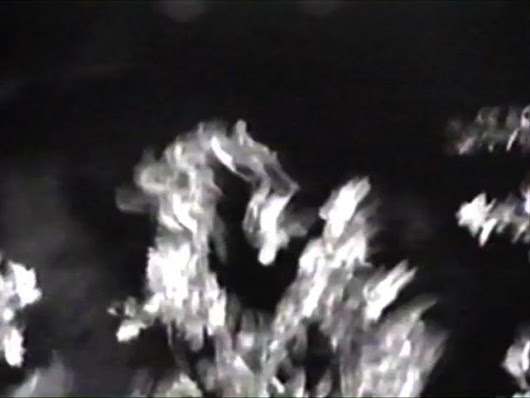 In recent months, Willie Varela has been returning his key video works, the Ambiens Series, to the public eye. Varela is best known as a lyrical filmmaker, but his video work demands equal attention. This is not only because it represents an extension of his cinematic work, with its poetic attention to landscape and compositional values. Varela should also be considered as someone who has pushed the aesthetic boundaries of the medium of analog video, exploring the unique haze and diffused light that characterize this once-new medium.
In recent months, Willie Varela has been returning his key video works, the Ambiens Series, to the public eye. Varela is best known as a lyrical filmmaker, but his video work demands equal attention. This is not only because it represents an extension of his cinematic work, with its poetic attention to landscape and compositional values. Varela should also be considered as someone who has pushed the aesthetic boundaries of the medium of analog video, exploring the unique haze and diffused light that characterize this once-new medium.
Willie Varela: The World in the Window
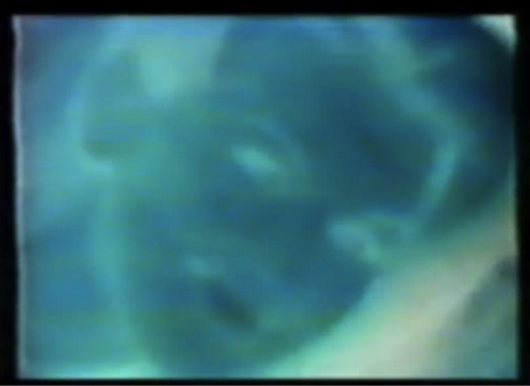 The films and videos of Willie Varela have in the past reflected the artist’s terror and outrage. Since the beginning, Varela’s work has dealt in scenes of daily life (in El Paso and San Francisco), an autobiographical sensibility (which casts him, like so many artists, under the sign of a bleeding Christ), and a plastic manipulation, through cinematography and editing, that aspires to abstraction. While these characteristics of Varela’s work have often been set to the service of love, charity and the noble aspiration of trading visions and experiences, they are also marked by a pageant of death, a legacy of wounds, and a fury, provoked by injustice and the devaluation of human life and perception.
The films and videos of Willie Varela have in the past reflected the artist’s terror and outrage. Since the beginning, Varela’s work has dealt in scenes of daily life (in El Paso and San Francisco), an autobiographical sensibility (which casts him, like so many artists, under the sign of a bleeding Christ), and a plastic manipulation, through cinematography and editing, that aspires to abstraction. While these characteristics of Varela’s work have often been set to the service of love, charity and the noble aspiration of trading visions and experiences, they are also marked by a pageant of death, a legacy of wounds, and a fury, provoked by injustice and the devaluation of human life and perception.
Here and There: Recuerdos de flores muertas (1982)
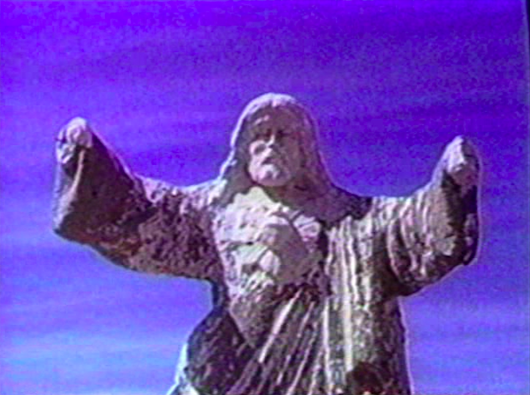 Cemeteries are known to be places of ambiguous nature. They separate the community of the living from the community of the dead, but at the same time they link the there-ness of death to the here-ness of living. They represent the ultimate destination for every individual and, as forums for spiritual exchange, they re-emphasize the finality of death. For an artist who has spent his entire life situated between two cultures and caught between the past and the future, a cemetery and its position as gatekeeper between two worlds seems to be a perfect location for filmic contemplation on eternal questions like “Why are we here?”
Cemeteries are known to be places of ambiguous nature. They separate the community of the living from the community of the dead, but at the same time they link the there-ness of death to the here-ness of living. They represent the ultimate destination for every individual and, as forums for spiritual exchange, they re-emphasize the finality of death. For an artist who has spent his entire life situated between two cultures and caught between the past and the future, a cemetery and its position as gatekeeper between two worlds seems to be a perfect location for filmic contemplation on eternal questions like “Why are we here?”
Willie’s Eye
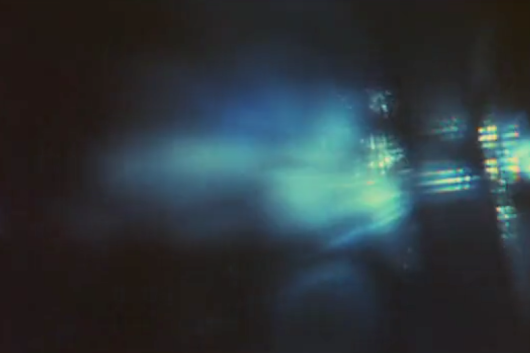 One of the most important traits Willie Varela inherited from his mentor Stan Brakhage is his sense of light. Brakhage, a true master on par with Turner in terms of his ability to depict the subtle, almost imperceptible nuances of luminance, explored light in all its forms and through all possible variables. It was not only a physical force in Brakhage’s films, but a deeply conceptual one as well. Varela extends this approach, synthesizing it with his own unique aesthetic sensibility and cultural background to forge a vision truly his own.
One of the most important traits Willie Varela inherited from his mentor Stan Brakhage is his sense of light. Brakhage, a true master on par with Turner in terms of his ability to depict the subtle, almost imperceptible nuances of luminance, explored light in all its forms and through all possible variables. It was not only a physical force in Brakhage’s films, but a deeply conceptual one as well. Varela extends this approach, synthesizing it with his own unique aesthetic sensibility and cultural background to forge a vision truly his own.
Varela: This burning world
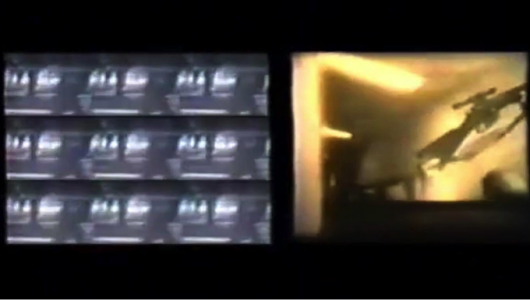 Lo sguardo arde dietro la fitta rete delle ciglia, brucia nella creazione dell’immagine e prende fuoco; il bulbo oculare opera uno sdoppiamento materico della visione, trascende il reale per raccontare il reale, attraverso una frammentazione visiva e un ritmo ossessivo e martellante. Due schermi, una stereografia del mondo e della società, il dolore, la sofferenza del quotidiano e la deriva umana in preda alla follia del terrorismo. È l’oscenità dell’antiumano, l’uomo che, per sua natura, si rivolta a sé stesso, si ribella al prossimo e deraglia in un suicidio, al fine di supportare un’illusione defunta. Il mondo brucia per mano di colui che si arroga di fare, disfare e oscenamente distruggere, «ogni oscenità viene sospesa, e tutte le descrizioni sono come trasferite dall'oggetto stesso al feticcio. Sussiste solo un'oscenità pensante» (Deleuze 2007).
Lo sguardo arde dietro la fitta rete delle ciglia, brucia nella creazione dell’immagine e prende fuoco; il bulbo oculare opera uno sdoppiamento materico della visione, trascende il reale per raccontare il reale, attraverso una frammentazione visiva e un ritmo ossessivo e martellante. Due schermi, una stereografia del mondo e della società, il dolore, la sofferenza del quotidiano e la deriva umana in preda alla follia del terrorismo. È l’oscenità dell’antiumano, l’uomo che, per sua natura, si rivolta a sé stesso, si ribella al prossimo e deraglia in un suicidio, al fine di supportare un’illusione defunta. Il mondo brucia per mano di colui che si arroga di fare, disfare e oscenamente distruggere, «ogni oscenità viene sospesa, e tutte le descrizioni sono come trasferite dall'oggetto stesso al feticcio. Sussiste solo un'oscenità pensante» (Deleuze 2007).
Rassegne
-
Registi fuori dagli ScheRmi
-
Registi fuori dagli ScheRmi II
-
Registi fuori dagli ScheRmi III
-
Registi fuori dagli scheRmi IV
-
Speciale Registi fuori dagli scheRmi IV
-
Registi fuori dagli scheRmi V
-
Speciale Registi fuori dagli scheRmi V
-
Registi fuori dagli scheRmi VI
-
Registi Fuori dagli ScheRmi VII
-
Registi fuori dagli Sche[r]mi VIII
-
Registi fuori dagli sche[r]mi IX
-
Registi fuori dagli sche[r]mi X
-
Registi fuori dagli scheRmi XI
-
immaginesomiglianza
-
Registi fuori dagli scheRmi XII
-
Registi fuori dagli scheRmi XIII
Archivio
- Uzak 50/51 | inverno/primavera 2026
- Uzak 48/49 | inverno/primavera 2025
- Uzak 46/47 | estate/autunno 2024
- Uzak 45 | inverno/primavera 2024
- Uzak 44 | estate/autunno 2023
- Uzak 43 | inverno/primavera 2023
- Uzak 42 | estate/autunno 2022
- UZAK 41 | inverno/primavera 2022
- Uzak 40 | estate / autunno 2021
- Uzak 39 | primavera 2021
- UZAK 38 | autunno 2020/ inverno 2021
- Uzak 37 | estate 2020
- Uzak 36 | primavera 2020
- Uzak 35 | autunno 2019 / inverno 2020
- Uzak 34 | estate 2019
- UZAK 33 | primavera 2019
- UZAK 32 | autunno 2018 - inverno 2019
- UZAK 30/31 | estate 2018
- UZAK 28/29 | autunno 2017 / inverno 2018
- UZAK 27 | estate 2017
- UZAK 26 | primavera 2017
- UZAK 24/25 | autunno/inverno 2016
- UZAK 23 | estate 2016
- UZAK 22 | primavera 2016
- UZAK 20/21 | autunno/inverno 2015
- UZAK 19 | estate 2015
- UZAK 18 | primavera 2015
- UZAK 16/17 | autunno/inverno 2014
- UZAK 15 | estate 2014
- UZAK 14 | primavera 2014
- UZAK 12/13 | autunno/inverno 2013
- UZAK 11 | estate 2013
- UZAK 10 | primavera 2013
- UZAK 09 | inverno 2013
- UZAK 07/08 | estate/autunno 2012
- UZAK 06 | primavera 2012
- UZAK 05 | inverno 2011
- UZAK 04 | autunno 2011
- UZAK 03 | estate 2011
- UZAK 02 | primavera 2011
- UZAK 01 | inverno 2010